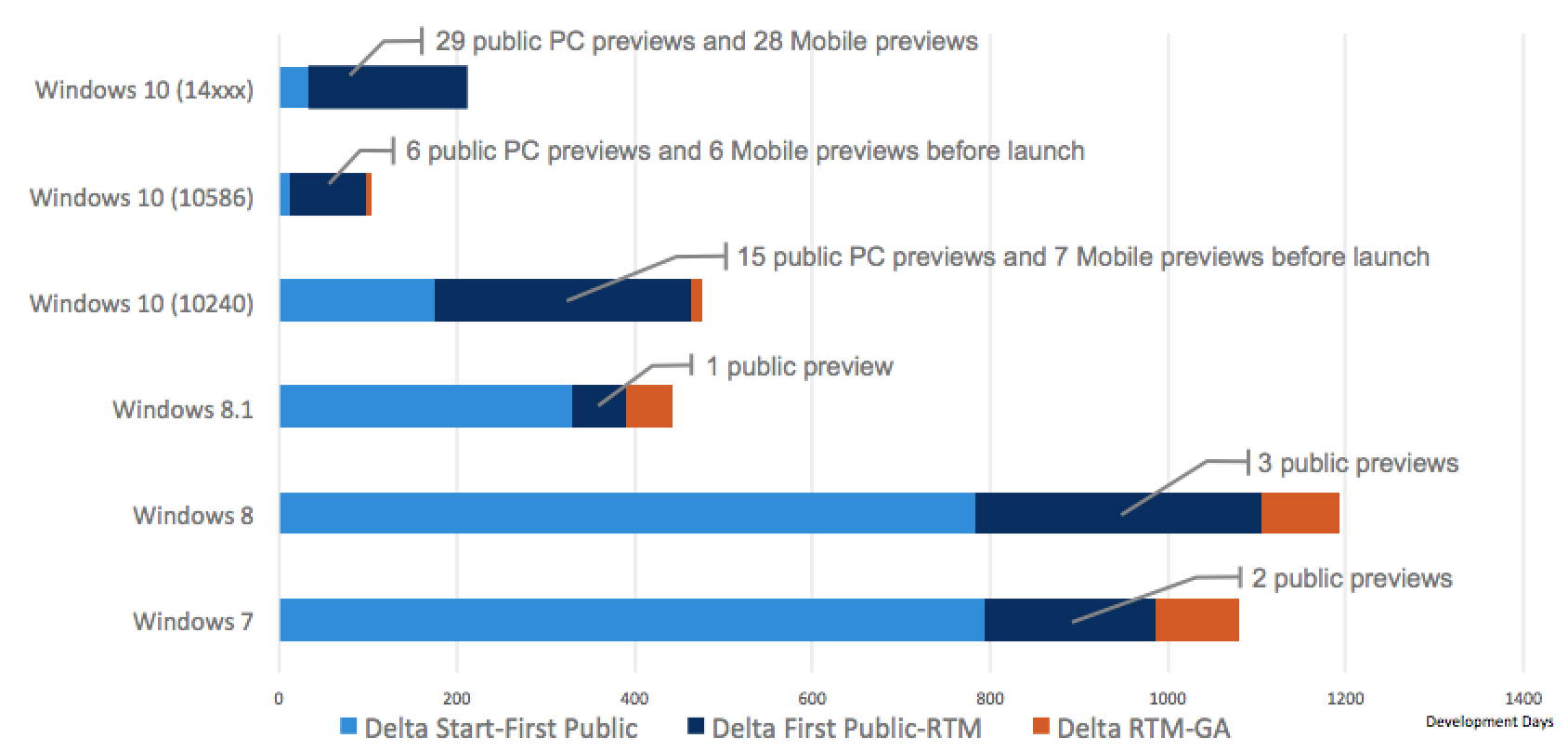Microsoft has leapt from a disrupted firm to a disruptor in the digital environment. While legacy peers and competitors alike such as Cisco, Oracle, IBM, and HP have hit shallow water, Microsoft has been able to meet some of the fundamental challenges offered by AWS, Salesforce, et al. in the new digital environment. Arguably only Adobe, albeit at a smaller scale, has made such a shift from legacy to disruptor.
This transformation has occurred across most of the firm’s products and services. While CEO Satya Nadella has rightly been given executive credit, some of the changes and disruptions were set in place before his leadership, in the time of Steve Ballmer.
It is important not to underestimate the depth of transformation that still requires investment from Microsoft. That is no surprise. The current and future state environment for every organisation is a never-ending cycle of innovation and change. Standing still is not an option.
Microsoft still faces fundamental challenges regardless of the status of individual products and services as a legacy or disruptive capability. AWS is, and will continue to a massive thorn, particularly for Azure, and while the uptake of Office 365 has been very high, Google won’t disappear. AI capabilities lag some in the market despite the inherent natural advantages that Microsoft enjoys.
Arguably the largest issue faced by Microsoft globally and in the major markets is the slowness of IT departments to shift towards where Microsoft is now operating and to develop business outcomes as the centrepiece of engagement. Microsoft also has the urgent and again, ongoing aligned need to completely redefine the partner environment. The majority of long-term partners for Microsoft will not make the shift to a cloud, consumption and digital model. Microsoft needs new partners, to invest in those that are critical for it moving forward and as brutal as it reflects, discard those that cannot transform at speed required.
One of the most visual manifestations of the transformation of Microsoft has been the Windows operating system release cycles. The timeline compression and the increase in engagement with users is a significant representation of all that is right about cloud and digital transformation. By the same token, the history sums up all that was wrong.
The following chart presented at the Australian 2016 Microsoft Inspire event by Microsoft highlights the shift that has occurred within Microsoft in the development of the OS.

Windows 7 had taken 800 development days before anyone saw it. Yes, nearly 2.5 years. Two public previews were made available and the release of the system took three years. Sure, it had to replace Vista, but worse was to come. Window 8 took even longer. It took over three years of development time, but on the bright side, there were three public previews. This was, and still is typical behavior of legacy IT. It simply doesn’t understand their customers and cannot have the speed and flexibility that is essential.
Clearly, the world changed for Microsoft in the lead up to Windows 10. Development times shrunk dramatically to just over 400 days, but the real shift was the customer centricity. Instead of three public review opportunities, Microsoft provided 15 PC based previews and aligning with the shift to mobility, seven mobile based opportunities. By the time Windows 10 updates were in development, it had become and remains a never ending beta testing cycle with code hitting early adopters and developers seemingly as soon as it is created.
Capture Point
Microsoft OS processes document a true transformation that is well overdue. Regardless of the process, it is what every organization needs to do on their shift to becoming flexible, customer centric and digital. Microsoft learnt very slowly and allowed many others to flourish, but it is now starting to get the benefits across the organization of this shift. Customers win, so Microsoft wins. Simple.

Leave a comment